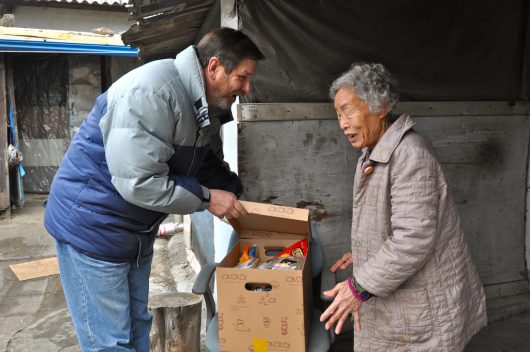The Policy of Foreign Aid: Modern Challenges

In less than a decade, Europe suffered severe destruction and was quickly torn apart due to World War II. Soon after that, a huge foreign aid package known as the Marshall Plan helped European nations overcome modern challenges and seek a path of democracy and sustained peace.
Today, the U.S. continues to invest in foreign aid to advance its national security and global leadership. This has played an indispensable role in strengthening the country’s strategic, economic and moral obligations.
Foreign aid strengthens national security by cutting the roots of terrorism. It also helps in stabilizing weaker regimes, promoting regional security and long-term stability. Foreign aid helped nations such as South Korea and Colombia recover from instability. Nations who receive aid could serve as potential markets and attract investors.
However, the foreign aid budget planned for next year is only $34 billion. This number is expected to decrease further in coming years.
Furthermore, there have been more conflicts in the 21st century that gripped the attention of the U.S. War in Afghanistan and Iraq, coupled with a rising global trend of terrorism, are some of the factors that challenge foreign aid programs. Hence, there comes a greater target zone for aid programs and more communities to address.
Such challenges make the process of development and the execution of programs a lot harder. Agencies are put under pressure as they have to provide support for a lot of people in a short time. Furthermore, political dilemmas and conflicts complicate the tasks of agencies to access data and effectively manage aid programs.
With all the modern challenges of the 21st century, the U.S. aims to make the process of foreign development programs more transparent, accountable and effective. Over the last decade, Washington has succeeded in creating new standards and metrics as part of foreign aid reform. Such transparency and accountability reforms can be expanded into developmental programs such as delivering aid packages and managing educational programs.
The U.S. Agency for International Development (USAID) understands the modern challenges regarding foreign aid. It aims to address such challenges by aligning resources with goals to transform development. It also tailors programs according to need and opportunities.
USAID has also adopted the hopeful policy of selectively increasing resource allocation to improve their capacity to handle modern challenges.
– Noman Ashraf
Photo: Flickr
